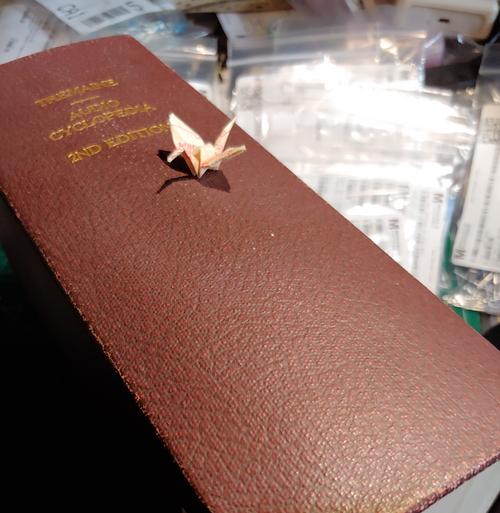ruffrecords said:
Can you be more specific about exactly what you mean by the phrase "alters the harmonic structure". I assume you are not talking about the myth that NFB adds harmonics not present in the original output.
Cheers
Ian
Speaking very much in the context of 'single tone testing', albeit with good precision as is the case in the hands of a good 'tester' and some reasonable 'pc based REW kit' ...
I think that nfb certainly lowers the amount of energy in 'low harmonic distortion products' while raising somewhat the 'energy present in the high harmonic distortion products'.
High harmonic distortion products are raised much less than the low harmonic ones are reduced, so it's a huge gain no doubt .. but the higher ones are nonetheless more noticable 'than without nfb' ... in these simple spectrum snaps - meaning 'more overall energy' in the high bands is present than before.
...
If I could find the best of both, I would - so far, that's as best as I can describe it. I'm not discounting romantic notions attached to 'really sparse spectrum snaps' and 'love of spuds' and so on. I have all the above.
...
Respectfully that's my experience - not so much 'adding' harmonics as 're-jigging' or 're-binning' the energy present (or npv lol) ... amongst the available harmonic bins, in terms of a spectral display sys.
In some of my 'REW' based posts and snaps one can see some history of my measures of these things.
Basically, as you turn up the system gain, the low order products increase - then you turn on and up the nfb and that low order noise decreases ... repeat until you get your best measures of 'the bottom end' thd, hum etc vs the top end.
Take a snap, make some notes, make some posts.
Repeat. Perhaps you can 'dial it in' some more, depending on your constraints or 'scenarios' . which can really pile up!
Eventually you get the feeling that 'at the limit' of one's 'gain/distortion/level' envelope [attention span] and yes, even one's 'even/odd' bias-es [sorry] .. you get the best compromise you can make
between 'low end noise' [energy-wise] vs 'high end noise' [energy-wise]
Take some more snaps then call it a days work

and go home. In the context of 'rew snaps' and 'cro watching', that is.
Sadly for some, that is the realm of the 'scope jockey'.
Not so, me! I lerz it.












![Electronics Soldering Iron Kit, [Upgraded] Soldering Iron 110V 90W LCD Digital Portable Soldering Kit 180-480℃(356-896℉), Welding Tool with ON/OFF Switch, Auto-sleep, Thermostatic Design](https://m.media-amazon.com/images/I/41gRDnlyfJS._SL500_.jpg)





















